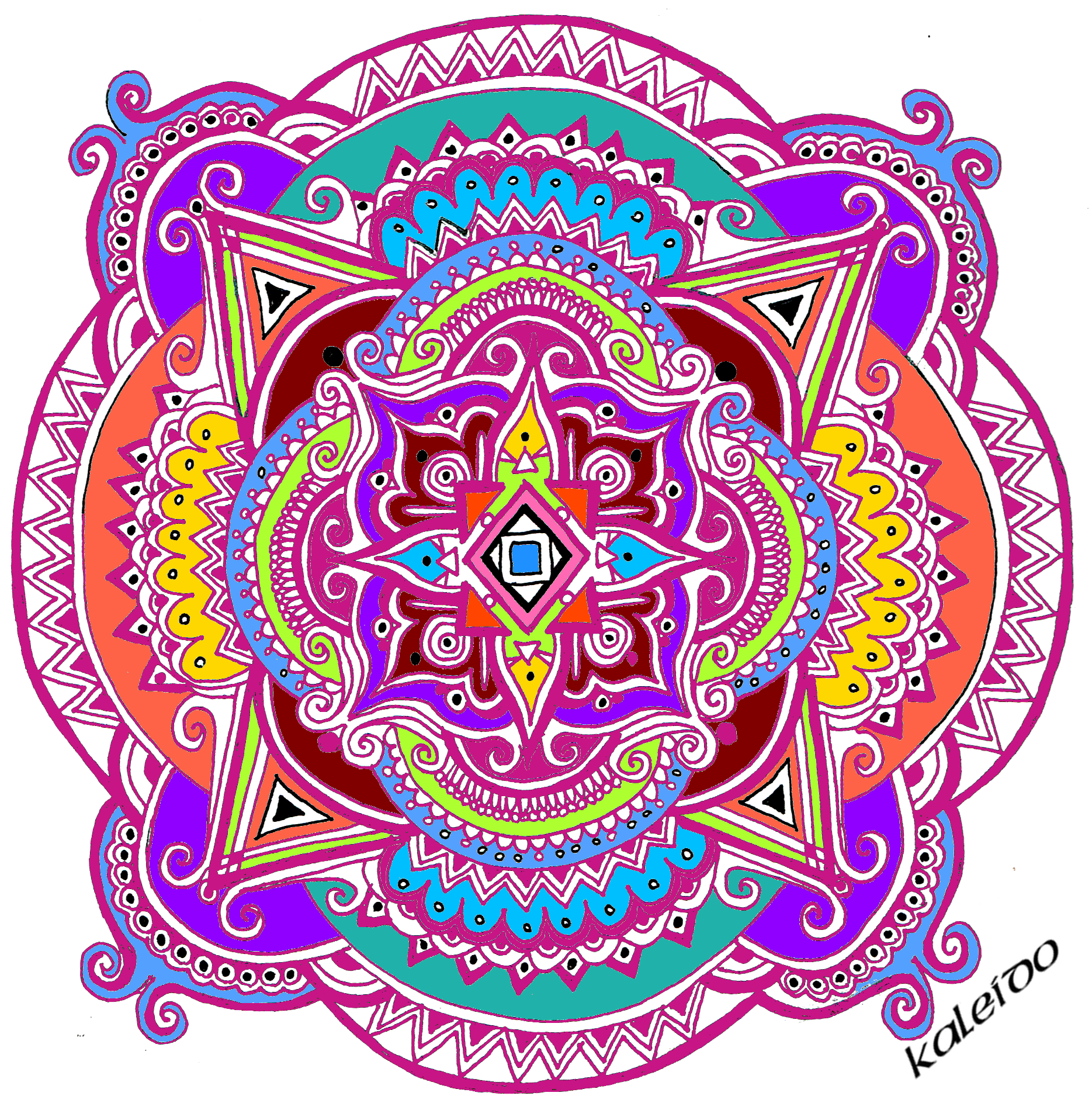That center point appears everywhere: in the resonant wave of a sound, the unfolding of a galaxy, the branching of a tree. Geometry, sound, and structure are not separate forces. They are expressions of the same underlying harmony—pattern seeking balance.
The Science of Resonance and Form
When sound moves through matter, it leaves a fingerprint. Experiments in cymatics—the study of visible sound—show that specific frequencies can organize sand, water, or other media into complex, symmetrical shapes. These living patterns echo motifs found in nature and art: mandalas, snowflakes, and cellular structures.
Hans Jenny’s experiments in the 1960s revealed that even a single tone could generate order out of chaos. Centuries earlier, Ernst Chladni had shown the same on metal plates sprinkled with dust, which danced into stars and flowers when bowed. Modern researchers now map how vibration shapes form—from the membranes of living cells to the architecture of the cosmos. At its heart, cymatics shows that sound can design. Form is simply frozen vibration—and when we understand that, design itself becomes a resonant act.
The Rise of Participatory Design
Technology is decentralizing creation: 3D printing, AI design, open-source manufacturing, and online collaboration are blurring the line between “designer” and “user.” We are entering an era where creation is participatory—where design emerges through community, not hierarchy.
This shift mirrors the geometric patterns of nature itself. Just as each molecule contributes to a snowflake’s symmetry, each person can add their color, idea, or voice to a larger creative whole. Coloring, for example, may seem simple—but it’s symbolic of this transformation. It invites anyone, regardless of skill, to engage directly with geometry. Each stroke of color personalizes a universal form, turning passive admiration into active co-creation.
Design Creation as Meditation and Collaboration
Scientific research supports what artists and mystics have long intuited: the act of focused, rhythmic creation quiets the mind and heightens awareness. Studies on flow states and art therapy reveal that repetitive, intentional artistic acts like coloring can reduce anxiety, improve concentration, and synchronize neural activity.
In this light, a collaborative design ecosystem isn’t just a new economic model—it’s a meditative one. When individuals enter flow together, they form a collective geometry of thought and intention. The process itself becomes a living artwork—a pattern of connection mirroring the very designs being colored and created.
Prototyping the Possible
The same principles that shape geometry can shape industry. As creators experiment with unique, small-batch, or personalized prototypes, they challenge the logic of mass production. Instead of scaling sameness, they’re scaling uniqueness.
This “custom design revolution” reflects a deeper philosophical shift. When products are made with intention—guided by harmony, proportion, and sustainability—they become expressions of consciousness, not commodities. And when communities co-create them, innovation becomes regenerative rather than extractive.
Designing With Meaning
- Resonance over repetition: unique creations that carry human intent.
- Collaboration over competition: shared authorship as a creative engine.
- Harmony over haste: processes that align with natural proportion and balance.
People Power Through Pattern
We live in an age when power often feels concentrated—in data, corporations, or invisible systems. Yet, creation remains the ultimate equalizer. Every person who draws, colors, builds, or imagines contributes to a geometry far greater than themselves.
From sacred geometry to modern prototyping, from sound waves to social movements, the same truth reverberates: everything radiates from a center. When individuals rediscover that center within themselves—and create from it—they generate not only beauty, but agency.
Each act of creation, no matter how small, contributes to a larger symmetry. One line, one color, one collaboration at a time, we are redesigning not just our products—but the world itself.
Read more on this fascinating topic!
Vibration is not chaos but order — this study shows how sound frequencies shape materials into stable geometric forms, revealing hidden structure in resonance itself.
Effects of Geometric Sound on Brainwave Activity PatternsRecent biomedical research demonstrates how “geometric sound” influences brainwave states and physiology, suggesting measurable links between harmony, perception, and health.
Improving Indoor Sound Quality by Using Cymatic ShapesArchitectural acoustics meets sacred pattern: cymatic geometries are being studied as natural diffusers that balance sound and beauty within built environments.
Study of Resonance and Density in CymaticsAn accessible overview of how the density of materials changes the resonant patterns produced by sound — a reminder that context shapes creation.
Alexander Lauterwasser and Water Sound ImagesLauterwasser’s photographic documentation captures how sound frequencies sculpt water into intricate mandalas — bridging science, art, and spirit.
Participatory Design: A Systematic Review & Insights for Future PracticeDesign as collaboration, not control — this systematic review explores participatory methods that empower creators and communities to shape the future together.
Participatory Design and Responsible InnovationBridging design and ethics, this paper outlines how co-creation can align innovation with shared human values and collective intelligence.
Participation in Design ResearchA look into how participatory design not only shapes better products but also generates new forms of knowledge, creativity, and power distribution in design ecosystems.
Exploring Pattern Recognition: The Relationship Between Domain-Specific and General MechanismsUnderstanding how the brain recognizes symmetry and rhythm helps explain why sacred geometry feels inherently satisfying and universal to the human mind.
Symmetries of Culture: Theory and Practice of Plane Pattern AnalysisA classic anthropological framework connecting geometry, art, and cultural expression — showing that pattern is the shared language of creation itself.
